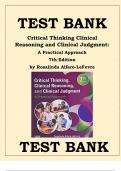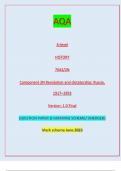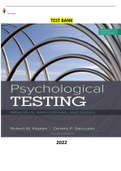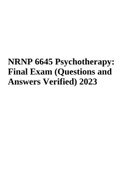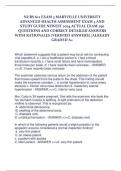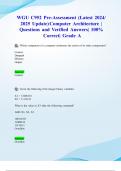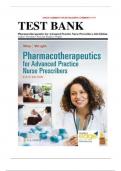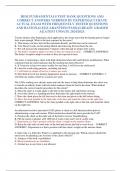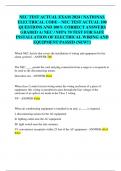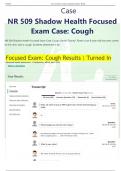Exam (elaborations)
Test Bank For Critical Thinking, Clinical Reasoning, and Clinical Judgment: A Practical Approach 7th Edition by Rosalinda Alfaro-LeFevre||ISBN NO:10,0275972356||ISBN NO:13,978-0323581257||All Chapters||Complete Guide A+
- Course
- Institution
Test Bank For Critical Thinking, Clinical Reasoning, and Clinical Judgment: A Practical Approach 7th Edition by Rosalinda Alfaro-LeFevre||ISBN NO:10,0275972356||ISBN NO:13,978-0323581257||All Chapters||Complete Guide A+
[Show more]
